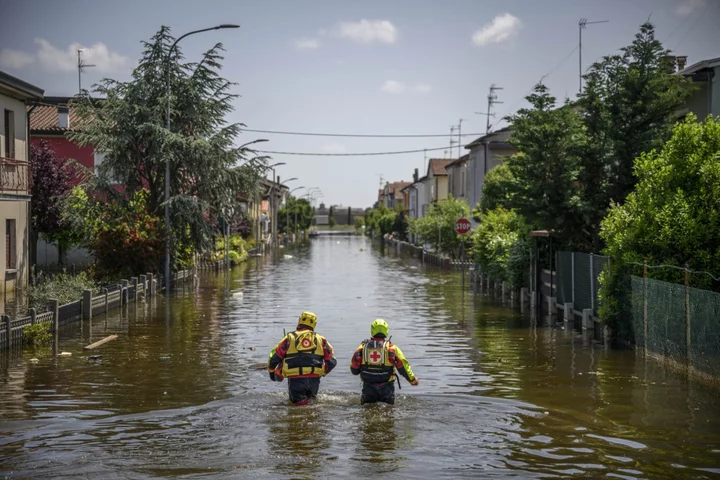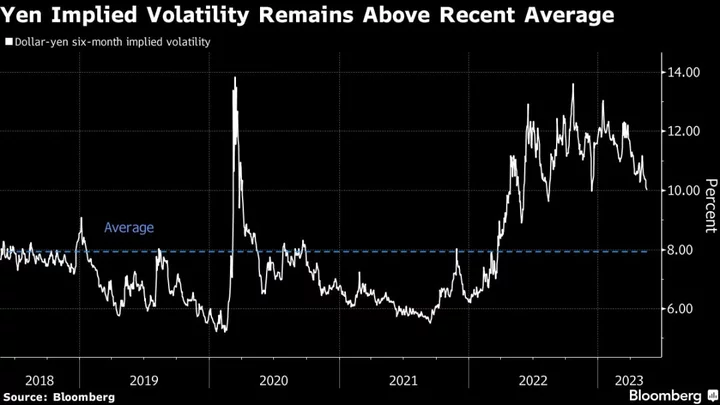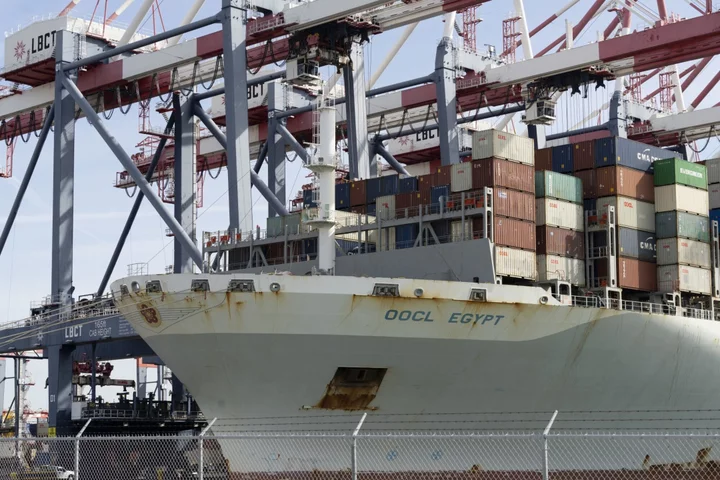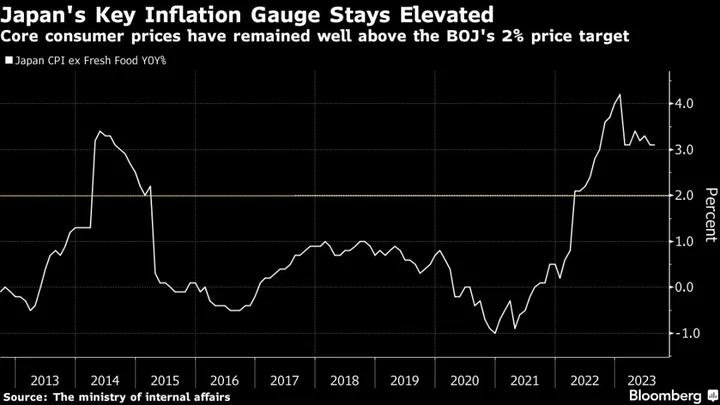Extreme heat is usually associated with drought and wildfires. But across five continents this year, it’s also unleashed a different kind of disaster: deadly flooding.
Cities around the world have seen record rainfall 139 times in 2023. A rare hurricane-like storm inundated Libya last month, killing thousands. More than 100 people died across Asia during an intense monsoon season in July. After fatal floods pummeled the US Northeast over the summer, torrential rains paralyzed New York City last week.
Soaring temperatures were at the root of all these weather calamities. June, July and August were the hottest ever for that period. Higher air temperatures mean the atmosphere can hold more moisture, leading to heavier rainfall, while record-hot oceans provide fuel for storms. And as the climate warms, flooding is poised to get worse.
“We are now seeing record-smashing ocean temperatures, record-smashing global temperatures and record-smashing floods,” said Jennifer Francis, a climate scientist at the Woodwell Climate Research Center. “It’s all connected.”
Read more: War and Aging Dams Left Libya Exposed to a Climate Superstorm
In the US, two major flood events this year — in California from January to March and the Northeast in July — killed 32 people and caused $6.7 billion in damages, according to the US National Centers for Environmental Information. The damages are the highest since 2019, when accounting only for flood incidents totaling more than $1 billion.
Global damages are difficult to tally because not all countries keep accurate records, but flood events have left more than 17,000 people dead or missing in 2023. On average, there were 216 floods or landslides worldwide per year from 2019 to 2022, compared with an average of 160 over the previous four years, according to the International Disaster Database.
In large part, the ever-worsening downpours are caused by what scientists call a “positive feedback loop.”
It works like this: The Earth’s temperature rises in response to greenhouse gases like carbon dioxide and methane. Hotter air holds more water vapor, which then absorbs heat and prevents it from escaping the atmosphere — resulting in even more moisture in the air and heavier rainfall.
Water vapor “traps yet more heat and sets up a vicious cycle,” Francis said.
As the atmosphere gets warmer, so have the world’s oceans. Higher water temperatures heat up the air above the sea surface, generating energy for hurricanes and tropical storms to form. The Atlantic saw 10 storms develop from Aug. 20 to Sept. 16, the most on record for that period, according to Phil Klotzbach, a Colorado State University hurricane researcher.
The storm that devastated Libya last month was a “medicane,” a name that’s an amalgamation of Mediterranean and hurricane. These weather systems are smaller than large Atlantic storms but can strike with Category 1 force on the five-step Saffir-Simpson scale, bringing winds greater than 74 miles (119 kilometers) per hour and flooding rains.
Warmer water temperatures lead “to a lot of evaporation from the oceans and more moisture in the atmosphere, and that provides the fuel for more rainfall in general,” said Robert Adler, a senior research scientist at the University of Maryland. “There is not much doubt that global warming in general is pushing us toward more intense rainfall events.”
The total amount of rain that falls on Earth has only increased a small amount as the climate evolves, but what’s changed is the intensity, Alder said.
In the past, a hypothetical city may have seen 10 storms per month, each bringing an inch of rain. Now, a single storm can drop 10 inches of rain, overwhelming streets, drains and buildings that weren’t constructed to handle that kind of deluge.
“All the storms today can tap into that extra moisture, produce more rain, and increase the chances of flooding,” Francis said. “Water vapor is rocket fuel for storms — more of it means they can strengthen faster and become more intense.”
Amplifying ocean heat this year is the weather pattern know as El Niño, which warms the equatorial Pacific's surface.
Read more: What Is El Niño and How Does It Affect the Weather?: QuickTake
Of course, this year’s extreme weather hasn’t been confined to flooding: Much of the world remains under dry conditions. A massive heat wave taxed energy grids across Texas and Mexico over the summer, throwing the US Great Plains and Midwest deep into drought. But the increased frequency of both drought and flooding is evidence of global warming, said Lou Gritzo, chief science officer and staff senior vice president at commercial property insurer FM Global.
“These things are not unrelated,” Gritzo said. “We are seeing exactly what we would expect to see in a changing climate.”
How people use the land also can affect the severity of floods, said Deborah Brosnan, a climate scientist and founder of environmental risk consultancy Deborah Brosnan & Associates.
In Libya, deforestation, unhealthy or depleted soil and poorly maintained dams all helped turn an extreme weather event into a human catastrophe, Brosnan said.
But the risks aren’t confined to developing nations. Climate change combined with urbanization all over the globe means higher rainfall, more pavement and fewer places for all that water to go when it hits the ground.
“There is no area that is immune to this,” Gritzo said. “There is not a single continent that we can point to and say: ‘This is not going to happen there.’”
(Updates rainfall records in second paragraph)









